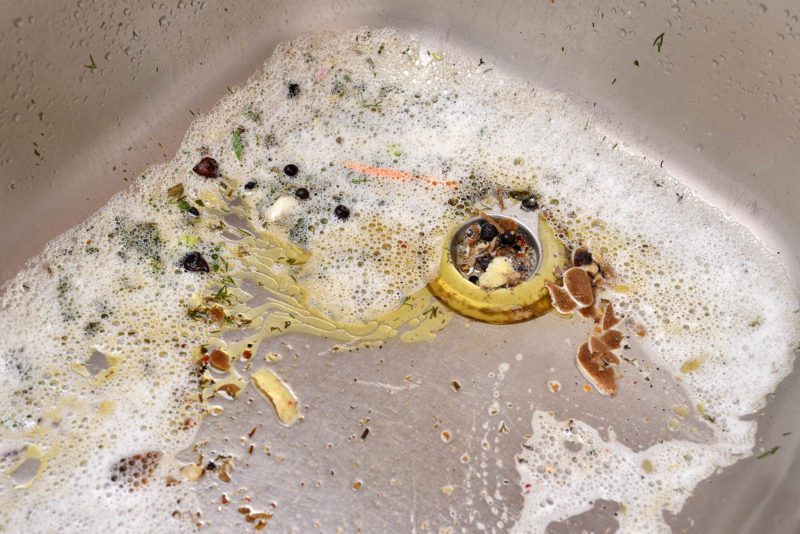Blog
How to Prepare a Water Heater for Winter

As winter approaches, it’s always a good idea to go through a checklist to prepare your home for winter. One item that often gets overlooked when winterizing is your water heater. Preparing a water heater for winter is a simple project that can have a tremendous impact.
In this article, we’ll discuss how to prepare a water heater for winter, how to insulate a water heater and its pipes, and how to winterize a water heater for vacation or extended leave.
Prepping a Water Heater for Winter
The demand for hot water increases as the cold rolls in, and more hot water is used for food prep, cleaning, and bathing. Hot water is a great way to get body temperatures up quickly, and many use it to warm up on a cold day.
Many homeowners are tempted to set the hot water temperature higher in winter. We recommend keeping the hot water thermostat at 120 degrees. More than 120 degrees can scald hands and burn skin.
If the water temperature of the faucet closest to the water heater is 120 degrees, but faucets further away from the heater are not, there are two main solutions. First is insulating the hot water pipes, which we will talk more about in the next section, and second is installing a point-of-use on-demand water heater.
A point-of-use tankless water heater can be installed in small spaces and provide instant hot water to any nearby faucet or shower. They are ideal in large houses where hot water must travel long distances to reach a hot water fixture that’s far away from the main water heater.
How to Protect Your Hot Water Heater Tank & Pipes From the Cold
One of the most significant losses of heat and energy from your hot water is insufficient insulation. Both hot and cold water pipelines should be insulated to keep from losing heat or freezing.
Buy slip-on foam pipe insulation at a home hardware store and place it on any exposed pipes you can reach on the water supply lines leading to and from the water heater. Insulation will help keep the hot water hot and the cold water from freezing. It is especially important to insulate any pipes that go through cold areas that aren’t insulated, like basements, crawl spaces, and attics.
Hot water tanks have built-in insulation to keep in the heat. However, it can be beneficial to add additional insulation to a hot water heater if it lives in a cold area.
If your water heater is in your cold garage, basement, or outside, you’ll want to add insulation. There are specialty built-insulated blankets (sometimes called jackets) that can be purchased to add insulation to your tank. Other homeowners build insulation boxes around their water heaters with insulating foam or other materials.
It is important to keep in mind that gas water heaters are using combustion to create heat. Even electric heaters have a small risk of fire. Make sure to keep all combustible materials at least 18 inches away from your water heater. If you are building an insulation box around your heater, make sure it is flame-resistant.
How to Prepare a Tankless Water Heater for Winter
If you are a winter bird planning to leave your house for the winter, it’s important to winterize your home, bleed off water from outdoor fixtures, and drain your water heater to keep it from freezing.
Draining a water heater every year is a good maintenance practice, and it protects your water heater in winter. Draining your water heater flushes out any minerals and extends your tank’s lifespan. Turn off the gas, power, and cold water, and connect a hose to your tank. Open the drain valve and let all the hot water drain out to a safe location. We recommend draining your water heater when you plan to be gone for longer than two weeks.
To be extra safe, you could drain your entire plumbing system of water. Shut off the main water valve, drain your hot water heater, and then drain the remaining faucets by turning them on and letting all the water drain out. This will significantly reduce the chances of frozen or burst pipes.
If you plan to return within two weeks, and you have someone who can check on your home in the event of extreme weather, then you can use the Vacation thermostat setting. This is a low heater setting that uses less gas than usual.
Set your heater to 60 degrees. Open up the cupboards under your sinks to let the warm air into contact with your pipes. If your home loses power during extreme weather, it could be vulnerable to burst pipes while you are away. You’ll need a neighbor to set your faucets to dripping. And ideally, you should get a generator to power your heater’s air handler fan.
The Vacation setting is helpful for short-term winter trips as you don’t have to relight the pilot light and still save money. But to be safe, you’ll want to drain the tank. If you live in Cincinnati and don’t feel comfortable draining your water heater yourself, our expert plumbers can help. We’ll keep your water heater from freezing by draining all the water in the tank.
We also offer whole-home generator installations in Cincinnati, ensuring your home has power even during extreme cold weather.









